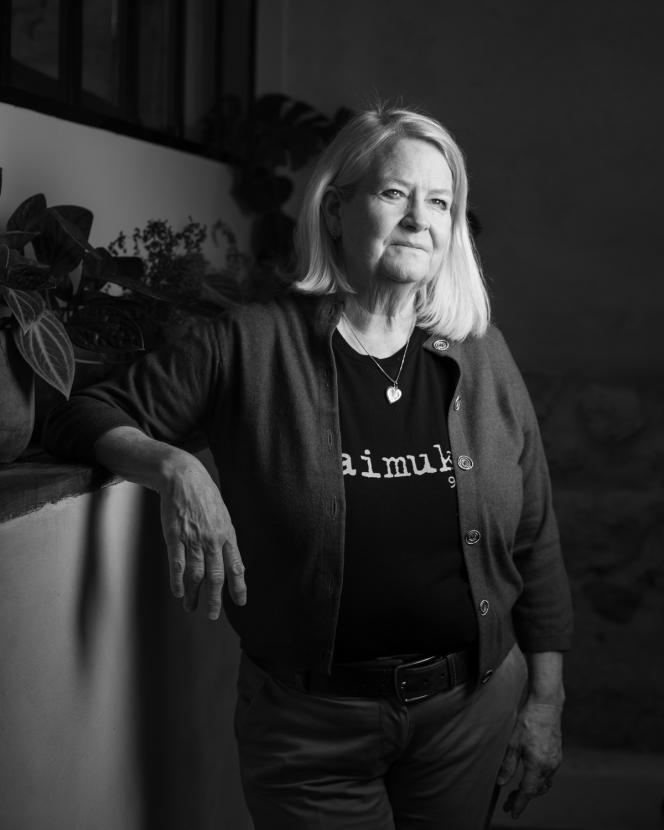From childhood, Japan has been part of my life. More exactly, Japan was my living environment. I was born in California, near Palo Alto, and grew up in a modern 1960s house with Japanese design. The furniture was Scandinavian, but the architect had studied in Japan and had given it a minimalist style in the style of Tadao Andō. There were sliding doors and a small garden courtyard in the middle of the house, which the Japanese call nakaniwa.
My five siblings and I loved living there. I was also exposed to cooking at a very young age, as my mother was a good cook. She prepared simple things, recipes she picked from magazines and cookbooks around the world. She taught me that you should always try to do your best.
When I was 10, I started making bread and some pastries. My parents divorced when I was 13, we had to leave our beloved home, and my mother went back to school to find work. She no longer had time to cook, our dinner often consisted of ready-made soup or sandwiches, unless I took care of the meal.
Fascinated by the world of sushi
When I was 16, I was cooking dinner for the family and I had a little job with a neighbour, a woman who had studied at the Le Cordon Bleu institute; she taught me how to make preserves, puff pastry, sophisticated desserts. One of my first menus was beef stroganoff and cream puffs for dessert. I then left to study for a year in Belgium, with a host family. There, I discovered the concept of going to the market, to the bakery, to the butcher’s to buy one’s products… It was very formative.
Back in the United States, I finished my studies at Stanford and worked in restaurants. I also discovered sushi and maki, whose universe fascinated me. That’s kind of what pushed me to go to Japan — supposedly to learn the language, but mainly because I was looking for that feeling of tranquility and purity I felt during my first experience in a sushi bar.
I arrived in 1988 and never left again. I met my husband, who lived on a family farm, I explored Japanese gastronomy and culture… I first gave English lessons, then world cuisine to the Japanese. Little by little, I started to cook Japanese, looking for the best products — which is no small feat in a country where, if seasonality is key, we are not interested in origin or organic . The fish are excellent, but the vegetables are often of poor quality.
I joined the Slow Food movement in 2000 to defend these values and I write books to transmit Japanese cuisine in its purest form. Sometimes it’s just a bowl of rice, reminiscent of spring, with cherry blossoms preserved in salt — one of the first dishes my husband prepared for me when I moved in with him, which is a delicacy and mad poetry.
Japan: The Book of Vegetarian Cooking, by Nancy Singleton Hachisu, Phaidon editions, 368 pages, €49.95.
